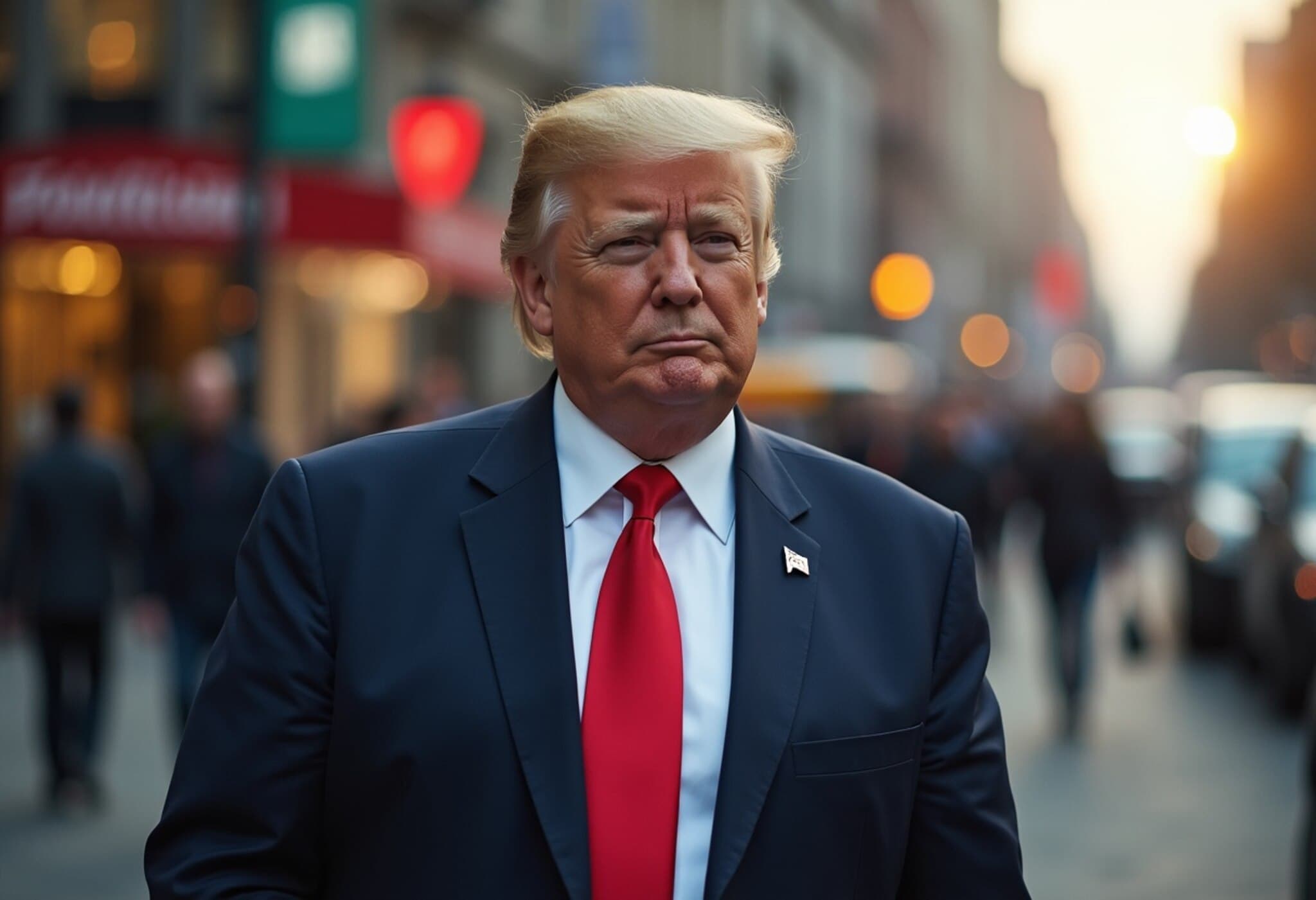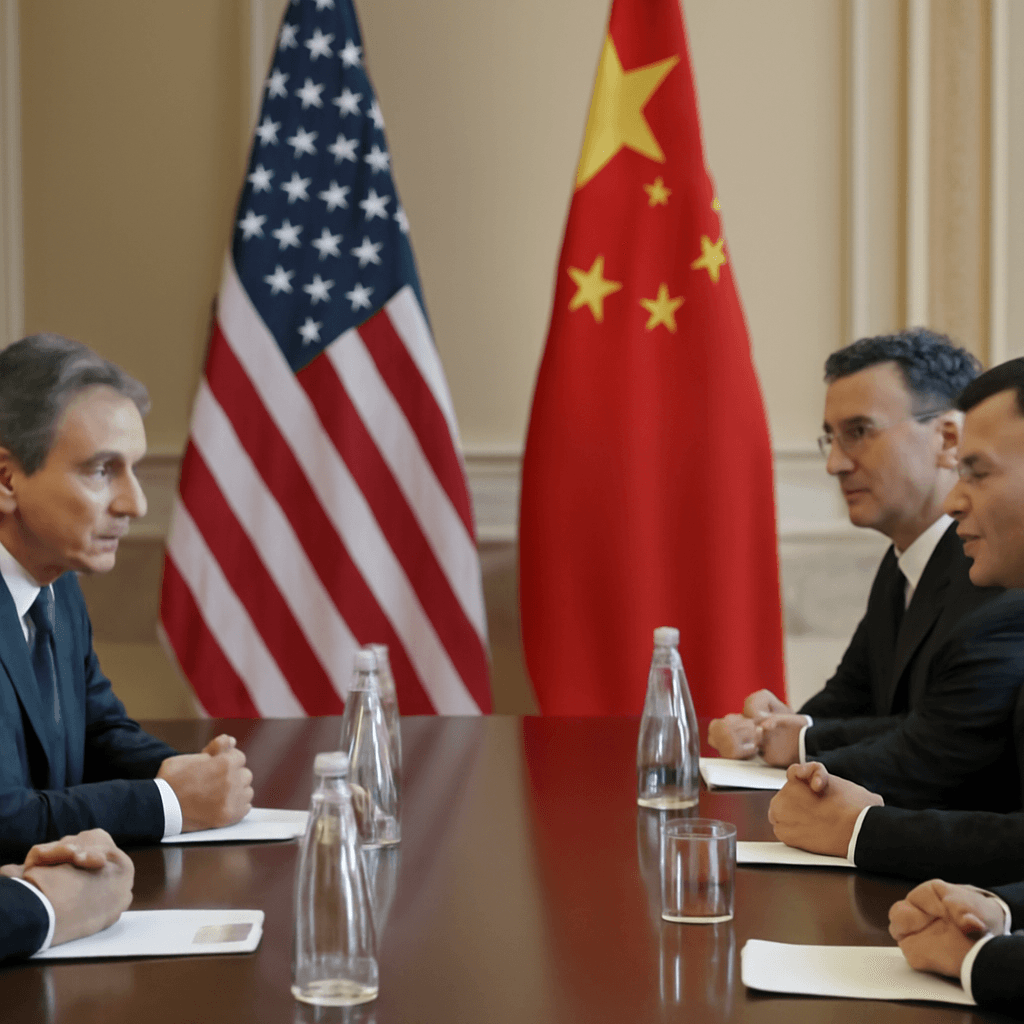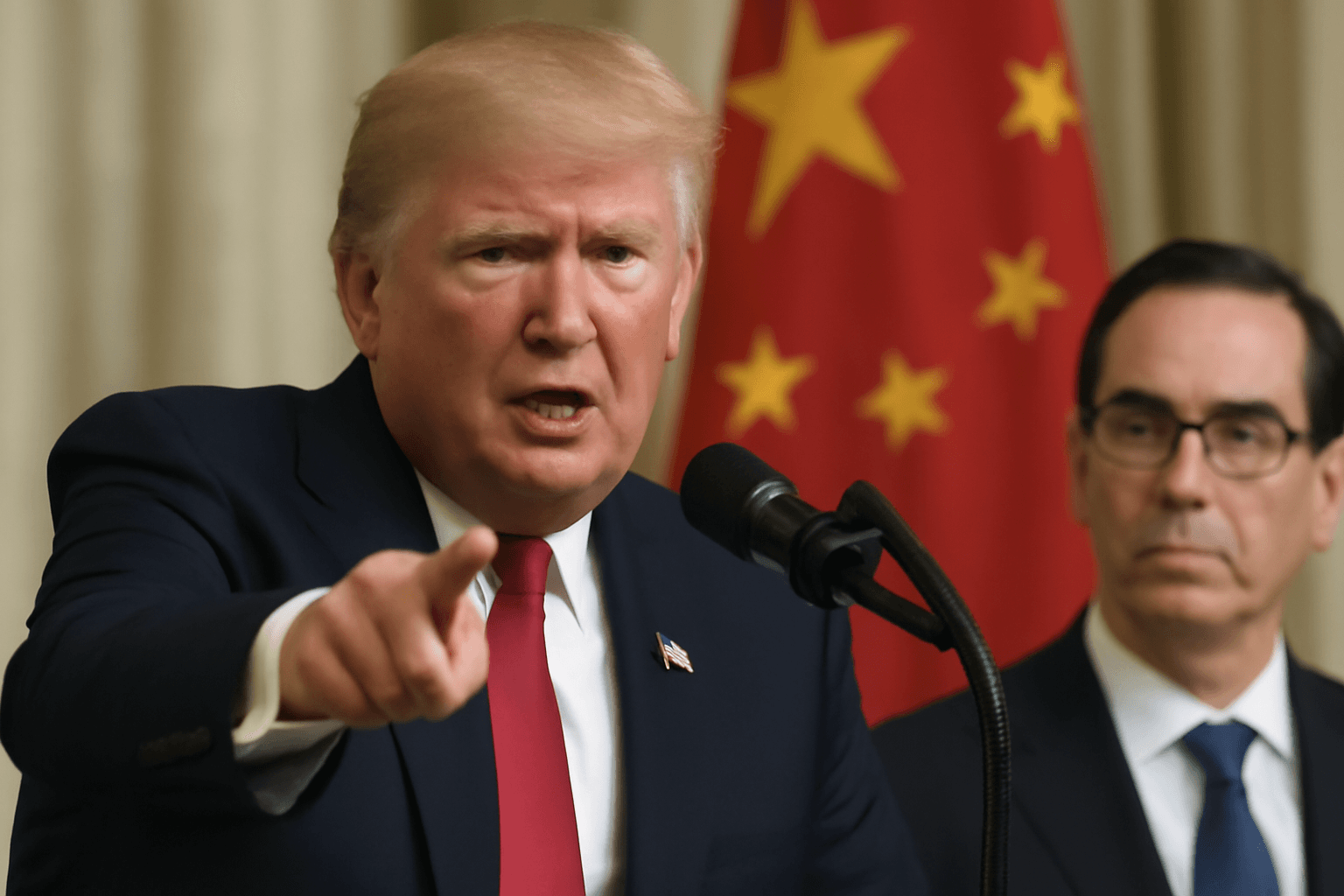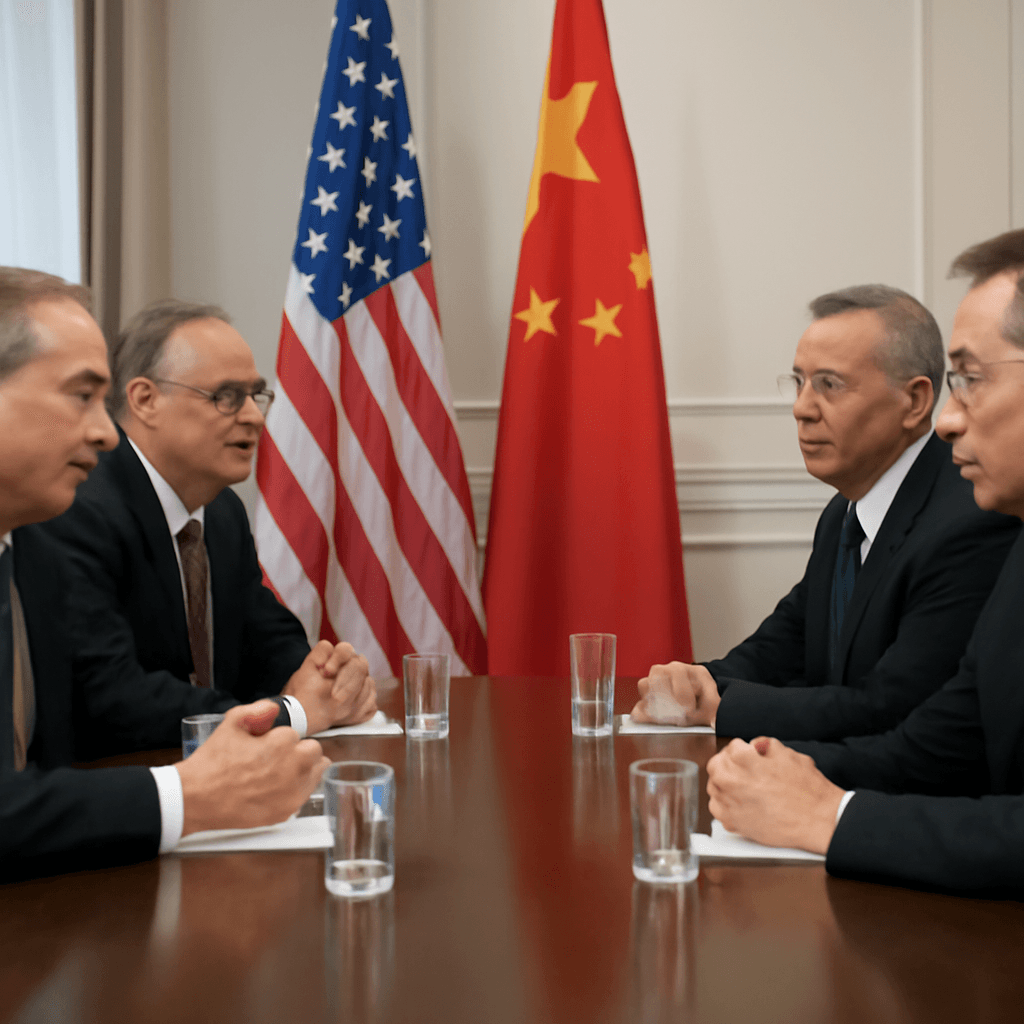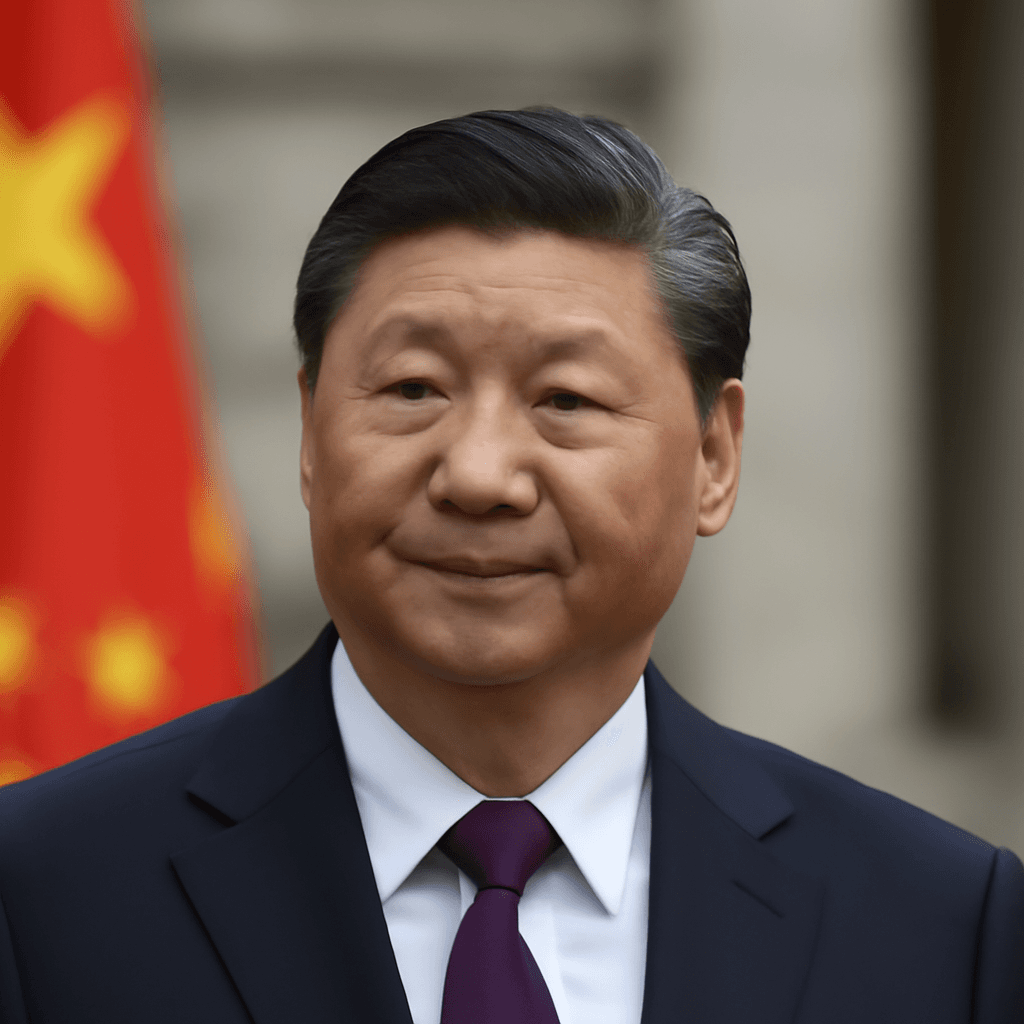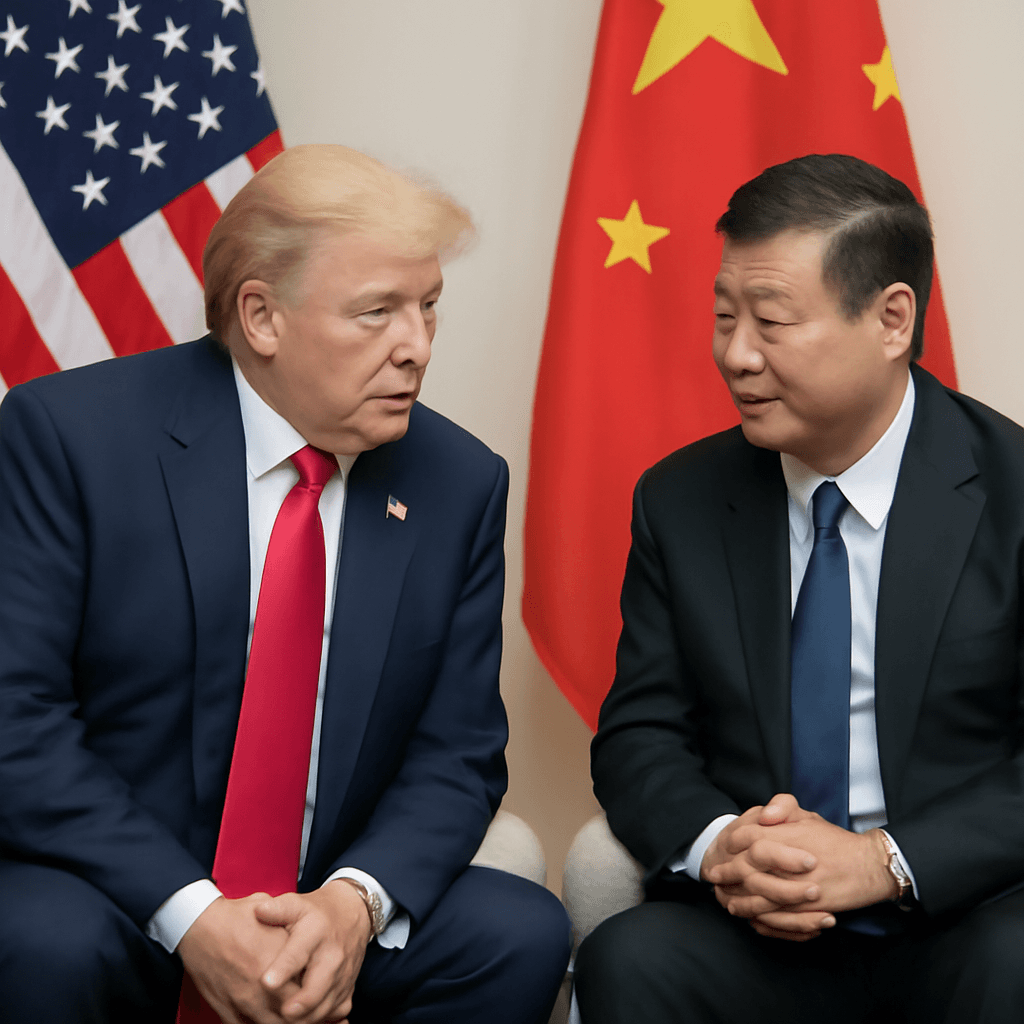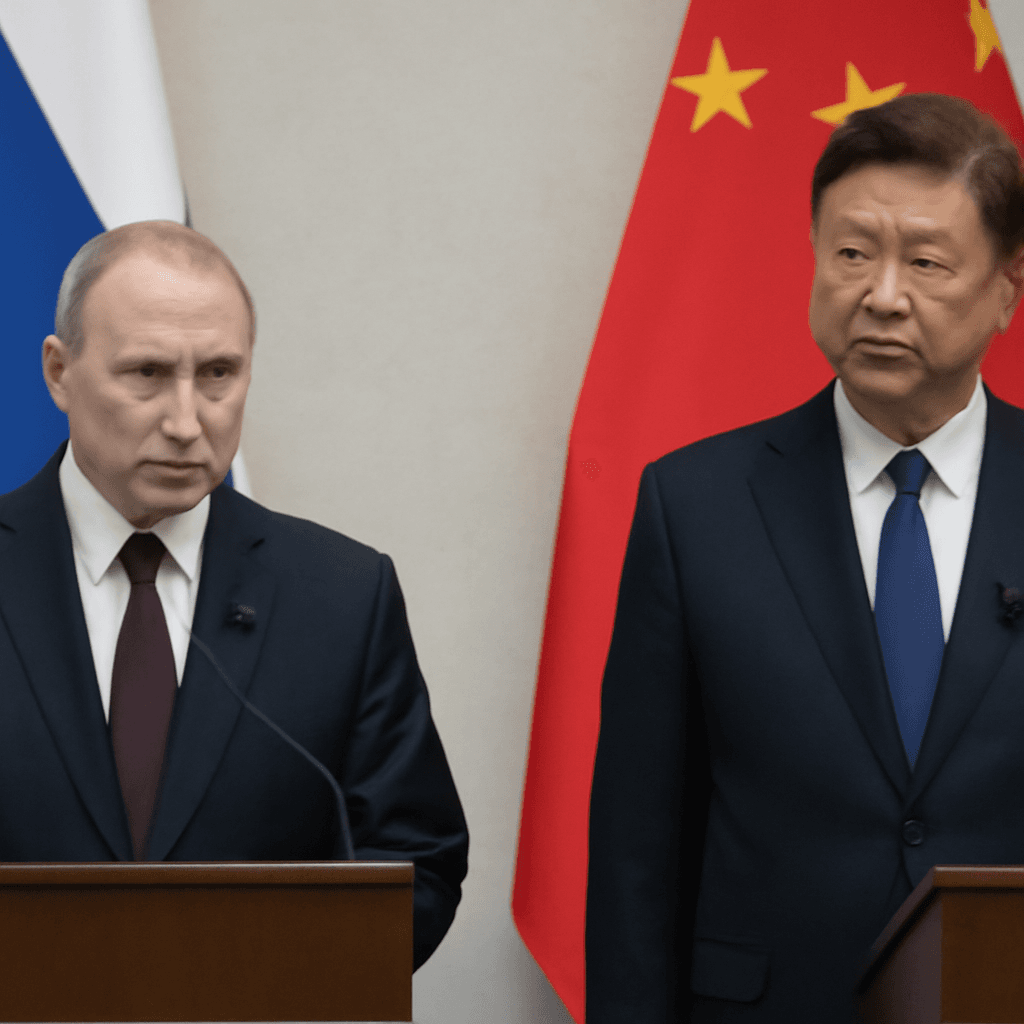China's Export Growth Falters Mainly Due to U.S. Shipment Drop
In May, China's export growth missed the mark, largely dragged down by a 34.5% drop in shipments to the United States—the steepest decline since early 2020. While overall exports did increase by 4.8% year-on-year in U.S. dollar terms, this fell short of the anticipated 5% rise.
Sharp Declines Shake U.S.-China Trade
Exports to the U.S. took a significant hit, tumbling by more than a third compared to last year. Concurrently, imports from the U.S. to China fell by over 18%, causing the bilateral trade surplus to shrink dramatically by 41.55% to just $18 billion.
Economists had forecast imports to edge down by less than 1%, but instead they plunged 3.4% year-on-year in May, signaling weaker domestic demand within China.
Regional Trade Shifts Offset U.S. Decline
Not all regions experienced setbacks. China's exports to Southeast Asia surged nearly 15%, while shipments to the European Union and Africa rose by 12% and over 33%, respectively. These gains helped push China's total trade surplus up by 25% in May despite headwinds.
Tariff Impacts and Expected Recovery
April and May saw prohibitive tariffs weigh heavily on U.S.-bound shipments. Although these tariffs were lifted mid-May, damage was already done to the trade flow. Experts suggest the full benefits of tariff relief will likely appear in June data.
For example, exports of rare earth minerals, critical for electronics and renewable energy sectors, fell by 5.7% to 5,865.6 tons after Beijing tightened controls to leverage trade negotiations. However, easing of supervision on such exports now points to an encouraging rebound.
Background: Trade Disputes and Negotiations
The trade friction escalated in 2025 when the U.S. imposed punitive tariffs as high as 145% on Chinese goods, triggering retaliatory measures including export controls on vital minerals. A preliminary deal brokered between the two sides last month resulted in lowering these tariffs substantially—U.S. levies now stand around 51.1%, while China’s duties on American imports have fallen to 32.6%.
Despite this, tensions remain palpable. Both sides recently accused each other of breaching the agreement, with disputes over export permissions, visa restrictions for students, and semiconductor export controls fueling fresh friction.
What Lies Ahead?
China’s Ministry of Commerce has announced plans to expedite export applications for rare earth minerals, responding to rising demand in robotics and new energy vehicle sectors. Meanwhile, ongoing talks between Chinese officials and U.S. trade representatives aim to steady the uneasy economic relationship and pave the way for smoother trade flows.
As these negotiations unfold and tariff barriers continue to evolve, the coming months will be crucial in determining the trajectory of Sino-American trade relations.







